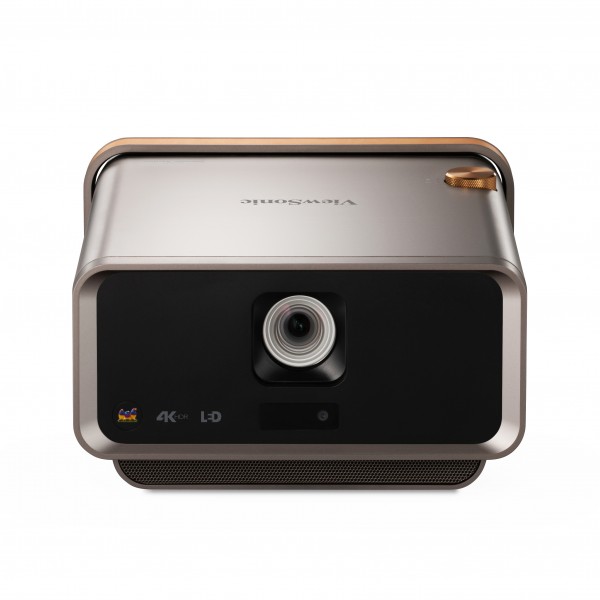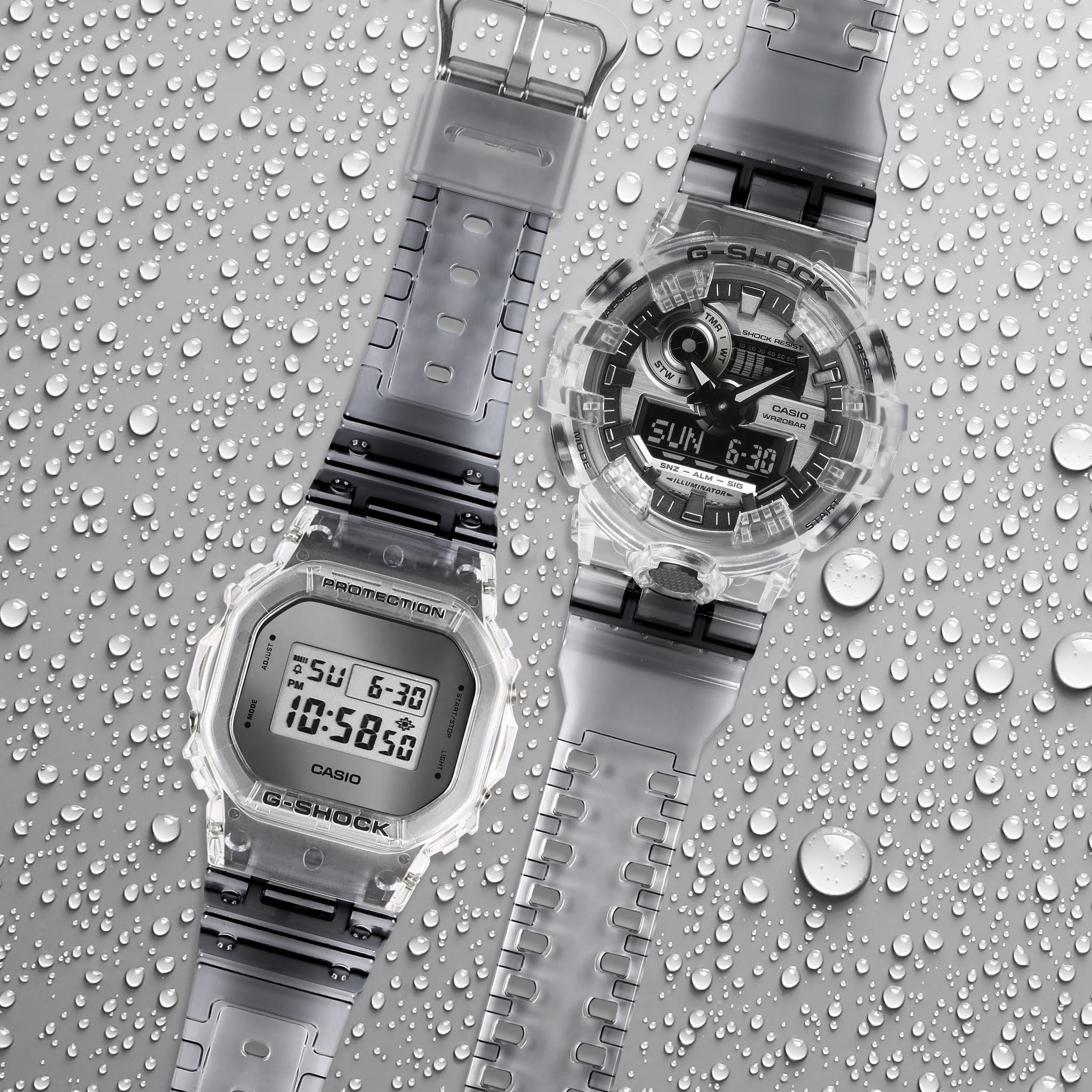Sidus Space Receives Signals from LizzieSat™ after Successful Launch and Deployment on the SpaceX Transporter-10 Rideshare Mission

NASA’s TechFlights 2023 Selections Advance Space Science in Collaboration with Industry
A new robot will be taking flight soon to test its ability to support biological and physical science experiments in microgravity. As one of NASA’s 2023 TechFlights selections, this compact robot will have a chance to fly on a commercial suborbital flight to see just how well it can perform in a space environment.
Managed by NASA’s Flight Opportunities program, the TechFlights 2023 solicitation included a call for technologies to support the agency’s Commercially Enabled Rapid Space Science (CERISS) initiative. CERISS, administered by NASA’s Biological and Physical Sciences Division, uses the spaceflight environment to study phenomena in ways that cannot be done on Earth.
One of the 11 TechFlights selections that will undergo flight testing is a compact robot designed to prepare samples for science experiments in microgravity, improve in-flight sample preparation capabilities and potentially reduce astronauts’ time tending to such research while on the International Space Station or future commercial destinations in low Earth orbit. Led by principal investigator Phil Putman, manager of advanced projects at Sierra Lobo, Inc, in Fremont, Ohio, the tests will leverage parabolic flights from Zero Gravity Corporation to evaluate the technology’s performance in microgravity.
“We need transformative capabilities to conduct research in space as NASA continues its exploration mission,” said BPS division director Lisa Carnell. “The commercial testing supported by Flight Opportunities will help CERISS advance a key research spaceflight innovation with the goal of improving in-flight sample analysis and advancing our study of biological and physical systems in space.”
CERISS aims to advance biological and physical research capabilities with the commercial space industry, including sample preparation and analysis technologies for use in microgravity. The project’s long-term goals include conducting scientist astronaut missions on commercial space stations as well as developing automated hardware for experiments beyond low Earth orbit, such as on the lunar surface. Benefits include an increase in the pace of research for a wide range of research leading to an increased demand for research and development in low Earth orbit, facilitating growth of the commercial space industry.
Learn More
Commercially Enabled Rapid Space Science Initiative (CERISS)
Commercial Destinations in Low Earth Orbit
About BPS
NASA’s Biological and Physical Sciences Division pioneers’ scientific discovery and enables exploration by using space environments to conduct investigations not possible on Earth. Studying biological and physical phenomenon under extreme conditions allows researchers to advance the fundamental scientific knowledge required to go farther and stay longer in space, while also benefitting life on Earth.





